Introduction
Square dancing, a popular collective dance form in China, has become an integral part of daily life for many people across urban and rural areas. It transcends mere physical exercise, serving as a platform for social interaction, cultural expression, and community bonding. This article aims to provide a comprehensive analysis of the origins and development of square dancing in China, its cultural significance, social impact, and future prospects.
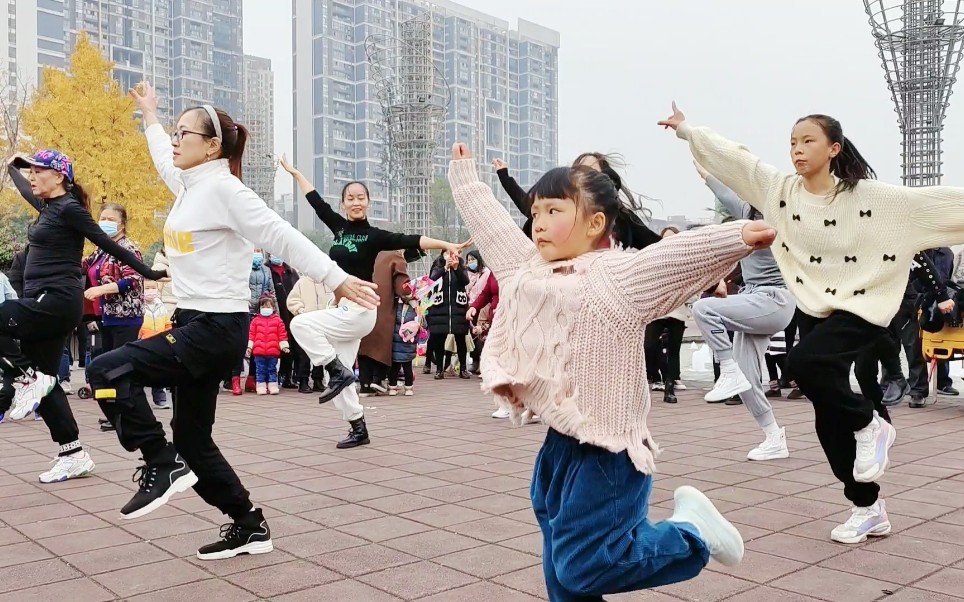
I. Origins and Development of Square Dancing
Square dancing in China can trace its roots back to the 1980s, a period marked by the country's economic reforms and opening-up policies. As living standards improved, there was a growing awareness of health and fitness among the populace, leading to the emergence of square dancing as a recreational activity.
Initially, square dancing primarily took the form of aerobic exercise, characterized by simple movements set to upbeat music. It was easily accessible, making it suitable for individuals of all ages. Over time, square dancing began to incorporate various traditional folk dance elements and contemporary music styles, resulting in a rich diversity of dance forms. By the early 21st century, square dancing had gained widespread popularity throughout China, particularly among community residents and elderly citizens.
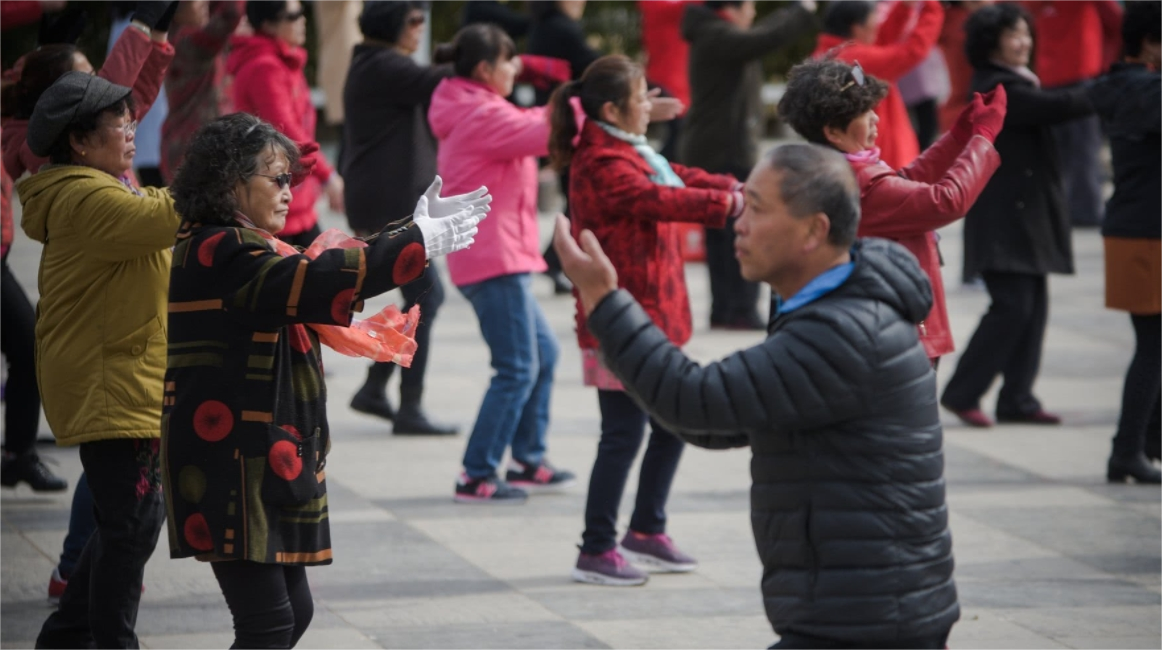
II. Cultural Significance of Square Dancing
Square dancing serves as a vibrant cultural expression that reflects the complexities of modern Chinese society. It embodies a blend of traditional and contemporary elements, offering a unique insight into the collective identity of its participants.
1. Fusion of Tradition and Modernity
The choreography of square dancing often features traditional Chinese dance moves, costumes, and music, while simultaneously embracing contemporary pop songs and dance styles. This fusion represents a bridge between generations, allowing older participants to connect with modern culture while preserving their cultural heritage.
2. Social Interaction and Community Building
Square dancing fosters a sense of belonging and community among its participants. The dance sessions, typically held in public spaces like parks and squares, provide an opportunity for social interaction, breaking down barriers of age, gender, and social status. Many elderly participants find companionship and support within the square dancing community, alleviating feelings of loneliness and isolation.
III. Social Impact of Square Dancing
The rise of square dancing has had significant implications for social dynamics in China, particularly among older adults.
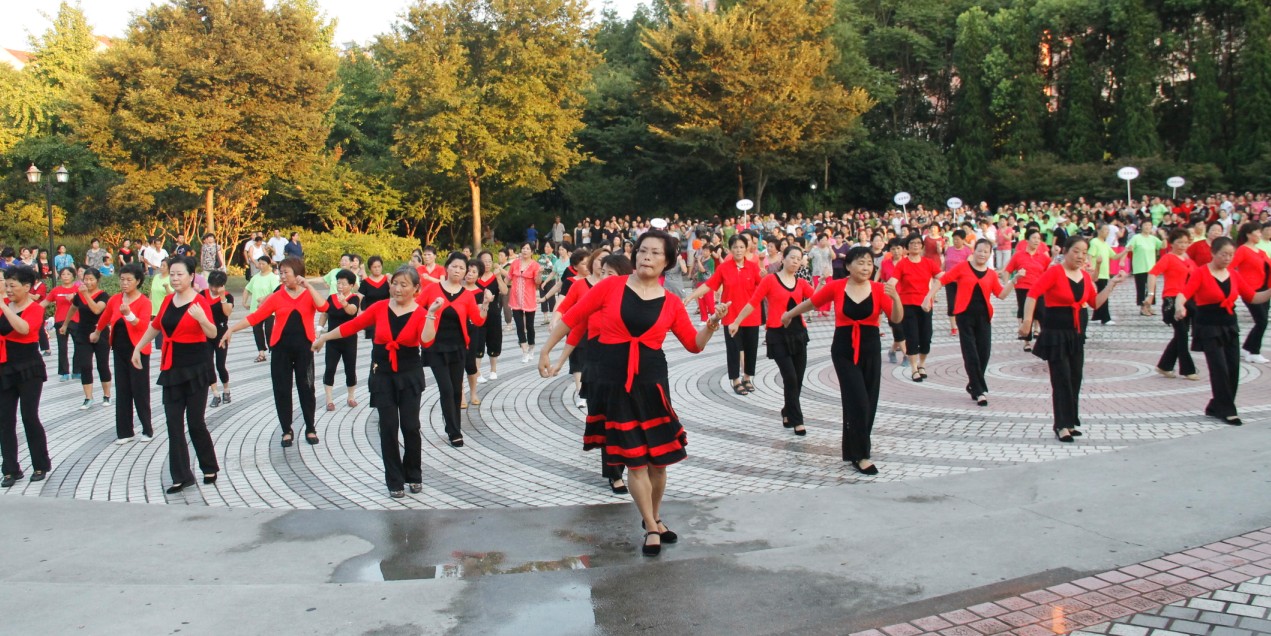
1. Health and Well-Being
As a form of physical exercise, square dancing contributes to the overall health and well-being of its participants. It promotes cardiovascular fitness, flexibility, and mental health, offering a low-impact workout that is accessible to many. The social aspect of square dancing also encourages regular participation, further enhancing its health benefits.
2. Cultural Identity and Expression
Square dancing has become a means of cultural expression for many participants, allowing them to showcase their identity and creativity. This form of dance serves as a cultural artifact, reflecting the values, traditions, and aspirations of the communities involved.
3. Controversies and Challenges
Despite its popularity, square dancing has faced controversies, particularly concerning noise pollution and public space usage. Some residents living near dance venues have expressed dissatisfaction with the loud music and disruption caused by large gatherings. In response, local governments have implemented regulations to balance the enjoyment of square dancing with the rights of nearby residents. These challenges highlight the need for a harmonious coexistence between cultural practices and urban living.
IV. Future Prospects of Square Dancing
As society continues to evolve, square dancing is poised to undergo further changes and adaptations. The influence of technology and globalization is likely to play a significant role in shaping its future.
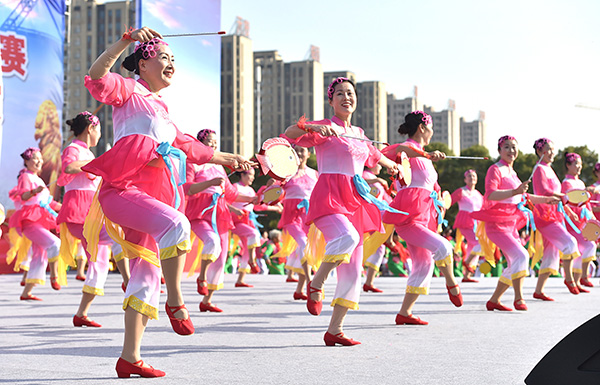
1. Technological Integration
With the rise of social media and online platforms, square dancing has the potential to reach wider audiences. Many enthusiasts share instructional videos and performances online, inspiring new participants and encouraging innovative dance styles. Virtual dance classes and competitions could also emerge, enhancing the accessibility and appeal of square dancing.
2. Cross-Cultural Exchange
Globalization presents an opportunity for square dancing to incorporate diverse cultural influences. As international exposure increases, elements from other dance forms may be integrated, leading to the evolution of a more eclectic and dynamic square dancing culture.
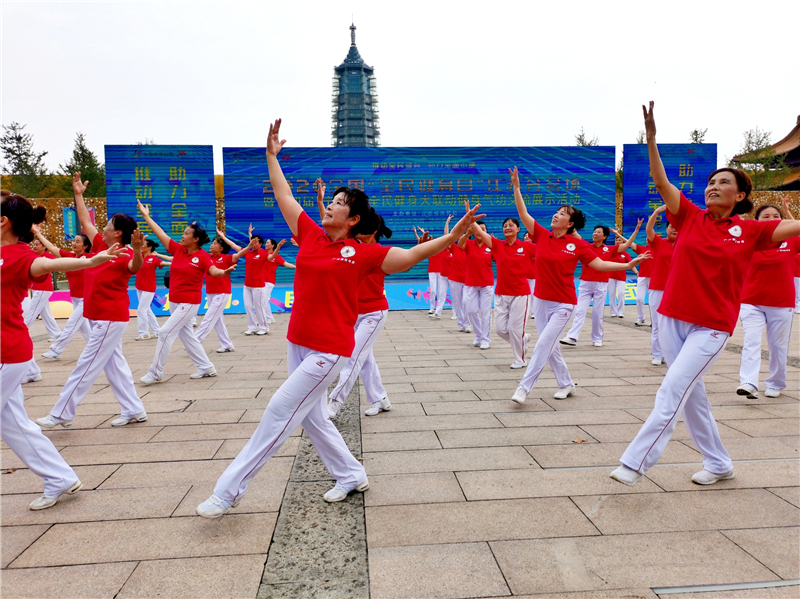
Conclusion
Square dancing in China stands as a unique cultural phenomenon that reflects the changing dynamics of society. It serves as a vital avenue for physical fitness, social interaction, and cultural expression, enriching the lives of its participants. While facing challenges, the future of square dancing holds promise for continued growth and adaptation. As it evolves, square dancing will remain a testament to the resilience and creativity of communities across China, celebrating both tradition and modernity in an ever-changing world.



